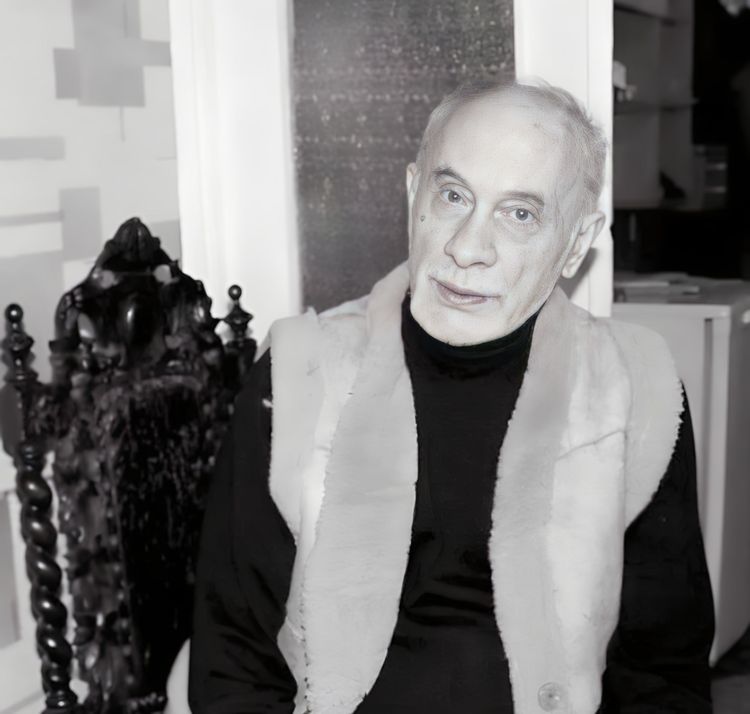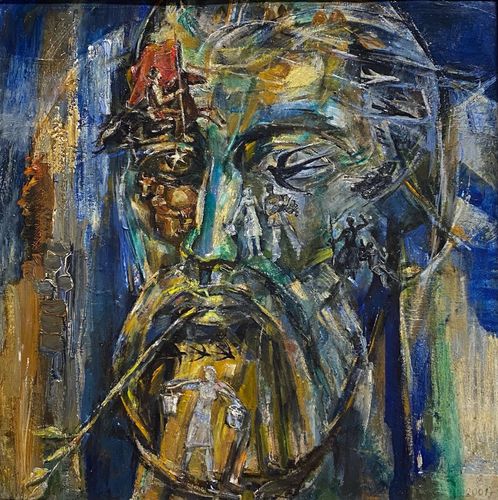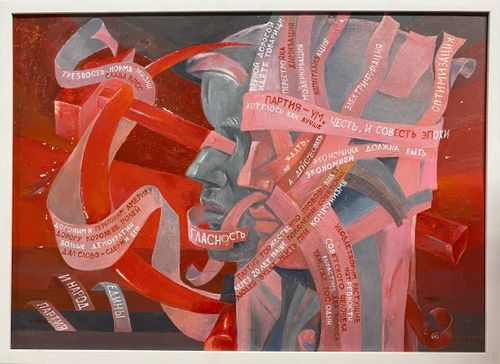
Born on May 11, 1938 in the city of Konstantinovka, Donetsk region.
He studied at the Cheboksary Art School.
1962-1968 - studied at the Leningrad Higher Art and Industry
school named after V. I. Mukhina at the department of monumental and decorative painting
(workshop of Professor G. A. Savinov).
1965 -1966 - practice in virgin lands. Design and construction of a monument at the landing site of cosmonaut V. Bykovsky. Awarded a diploma from the Leningrad Regional Trade Union Committee, the Komsomol City Committee, and the Leningrad Council of the SNO.
1968 - diploma work. Monument at the landing site of cosmonauts V. Komarov,
K. Feoktistova, B. Egorova.
1968-1978 - work in the Pavlodar branch of the Art Fund of the Kazakh SSR.
1971 - accepted as a member of the Union of Artists of the USSR.
1990 - awarded the title Honored Artist of the Udmurt Autonomous Soviet Socialist Republic.
2002 awarded the academic title of Associate Professor of Academic Graphics and Painting of the Urals.
The artist, who played a large, but not yet fully appreciated role in the art of Udmurtia: he was the first to actively transform urban space and public interiors with monumental stained glass windows, and used mosaic panels in a new way for the same purposes. At the same time, he did not just introduce new technologies into local art: it was a different look at the aestheticization of the urban environment, supported by the authorities and implemented in many objects. In those now distant years, monumental art embodied not only large-scale ideas, but also gave scope to artistic experimentation. Not all works, unfortunately, have survived, but those that continue to exist testify to the author’s talent and his ascetic work. After all, in order for all these stained glass windows and mosaic panels to shine with bright colors, extraordinary creative will and organizational skills are needed. In the republic there were not only no traditions of this type of art, but also no basis for the production of high-quality glass suitable for realizing the artist’s plans. Therefore, all parts of Izhevsk stained glass windows were cast by the author in Belarus at the Neman plant, delivered to the republic, and installed here at prepared facilities.

